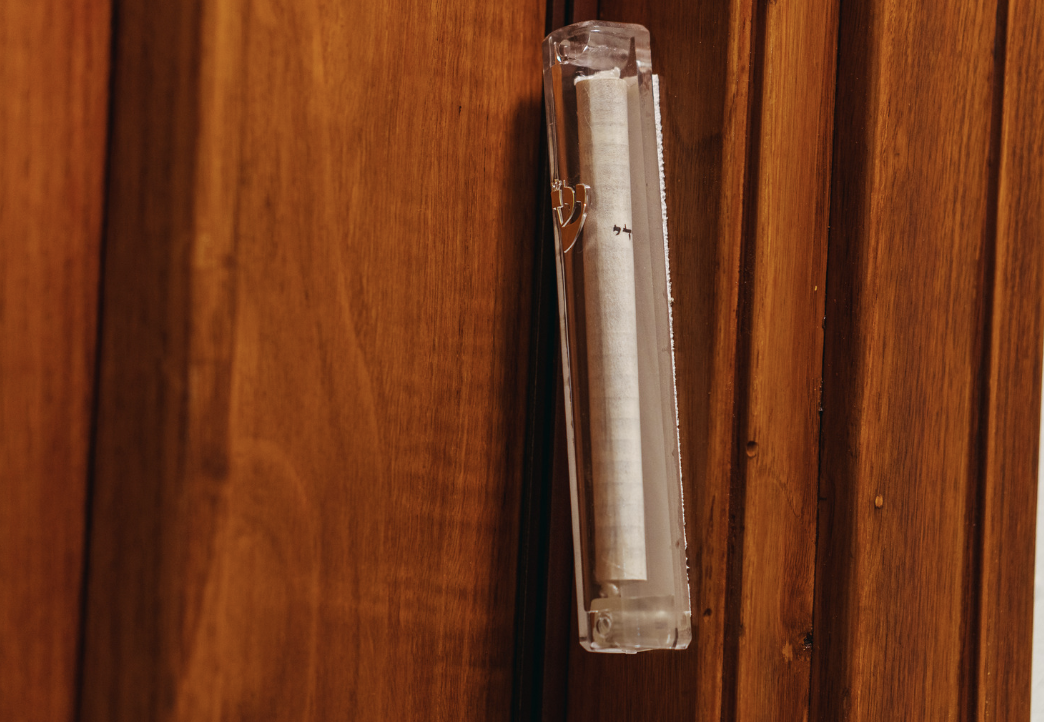On the Doorpost: Reflections on Mezuzot and Moving In
Over the years, I’ve been invited into dozens of homes to help affix mezuzot. It's a quiet ritual, often overlooked in the flurry of moving trucks and new paint colors, but for many, it's the moment a house begins to feel like a home.
A mezuzah is a small case containing a handwritten parchment scroll with verses from the Torah — specifically, the Shema, our central declaration of faith. We affix it to the doorposts of our homes as a mitzvah, a commandment, and also as a symbol: a reminder that we carry our values with us, even (especially) at the thresholds between the outer world and our private spaces.
Tradition tells us to place the mezuzah at a slant, tilted inward toward the home. It’s a visual compromise between two medieval rabbinic opinions — one saying it should be vertical, the other horizontal. But I’ve always found it beautiful that the result is a posture of openness, a kind of bow toward the sanctity within.
Today, halfway through my drive to help a family affix their mezuzah on their new home, I realized I’d forgotten to check: Do they have nails? A hammer? Double-sided tape? I’ve lost count of how many mezuzot I’ve helped affix using whatever materials were found. I’ve shown up to cement and metal door frames where even the most well-stocked toolkit was no match. And yet, something always gets figured out.
I’ve watched newlyweds, in that magical haze of starting something new, stand together and decide which doorpost will hold their blessing. I’ve stood next to couples who’ve already built a lifetime together, and still want this new chapter to begin with intention. I’ve seen mezuzot fall off the doorpost — gravity reminding us that sacred things need maintenance too — and I’ve been called back for re-blessings.
The truth is, you don’t need a rabbi to hang a mezuzah. You don’t need a rabbi for most things. But I am deeply grateful when people invite me into those moments. Not because I need to be there, but because I get to witness the quiet holiness of people claiming their space with care and kavanah — intention.
For me, touching a mezuzah is like flipping a spiritual switch. It's that moment when you walk through your front door and leave the noise of the world behind. When you pause, even just for a breath, and acknowledge that what lies inside this threshold is sacred — your family, your rest, your messy, beautiful life.
It doesn’t matter how many hammers we forget or how many times we have to reaffix the scroll. What matters is that we remember to make space for meaning. That we keep showing up — for each other, for our homes, and for the rituals that root us.
FYI:
Before affixing the mezuzah, the following benediction is recited:
Baruch Atah Adonai, Eloheinu melech ha-olam, asher kid'shanu b'mitzvotav v'tzivanu lik-bo-a m'zu-zah.
Blessed are You, Adonai, our God, Sovereign of the universe, who hallows us with mitzvot and commands us to affix the mezuzah.


